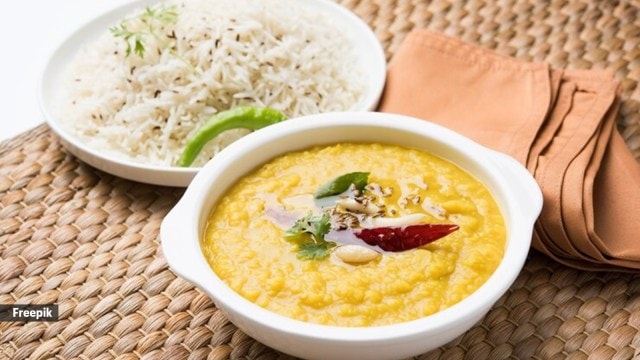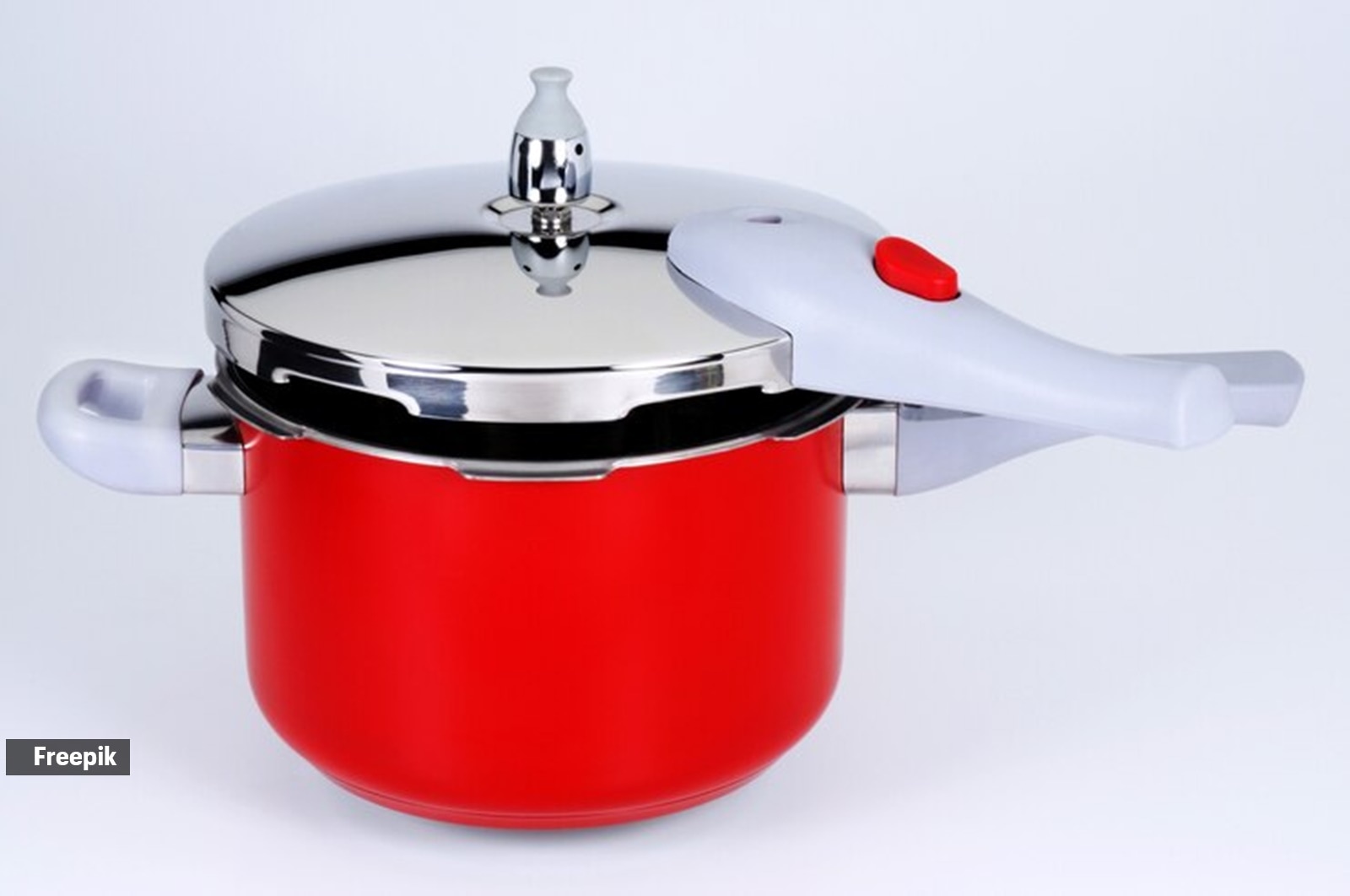📣 For more lifestyle news, click here to join our WhatsApp Channel and also follow us on Instagram
Six dal-chawal combinations that provide the best nutritional balance
“Dal and rice are staple foods in many Indian households, offering a balance of carbohydrates, protein, and essential micronutrients,” says Ipsita Chakraborty, senior nutritionist at Hungry Koala
 Cooking methods play a crucial role in preserving the nutritional content of dal-chawal meals. (Source: Freepik)
Cooking methods play a crucial role in preserving the nutritional content of dal-chawal meals. (Source: Freepik)The combination of dal-chawal (lentils and rice) is a beloved staple in many households, particularly in India. Not only is it comforting and delicious, but it’s also a balanced meal that offers both protein and carbohydrates. However, not all dal and rice varieties provide the same nutritional benefits. Pairing the right dal with the right rice can optimise the nutritional value of this meal, making it a powerful source of energy and essential nutrients.
Ipsita Chakraborty, senior nutritionist at Hungry Koala, discusses with indianexpress.com how selecting the best dal-chawal pairings can help you get the most nutritional benefit from this classic dish.
She mentions, “Dal and rice are staple foods in many Indian households, offering a balance of carbohydrates, protein, and essential micronutrients. Combining different dals and rice varieties can enhance the nutritional profile of this classic meal.”
Six dal-chawal combinations that provide the best nutritional balance
Chakraborty mentions the following combinations to try:
| Combination | Nutritional Benefits |
|---|---|
| Tur Dal with Sona Masuri Rice |
|
| Masoor Dal with Brown Rice |
|
| Moong Dal with Basmati Rice |
|
| Chana Dal with Parboiled Rice |
|
| Urad Dal with Black Rice |
|
| Arhar Dal with Red Rice |
|
 Pressure cooking retains more nutrients due to shorter cooking times and minimal water use. (Source: Freepik)
Pressure cooking retains more nutrients due to shorter cooking times and minimal water use. (Source: Freepik)
How do the cooking methods for different types of rice and dal impact the meal’s nutritional value?
Chakraborty says, “Cooking methods play a crucial role in preserving the nutritional content of dal-chawal meals. Overcooking can lead to the loss of water-soluble vitamins like B-complex and vitamin C, while discarding water after boiling rice strips away nutrients. Pressure cooking is a better alternative, as it retains more nutrients due to shorter cooking times and minimal water use.”
She adds that excessive rinsing of rice or dals can wash away essential B vitamins, so a quick rinse is sufficient. Opting for whole dals and unpolished rice ensures higher fiber and micronutrient retention. Fermented dals, such as those in idli or dosa, enhance nutrient bioavailability and digestibility. Adding a small amount of ghee or oil during cooking helps absorb fat-soluble vitamins like A and D without compromising health.
Common mistakes people make when pairing dal and rice
Dal-chawal is a staple meal, but improper preparation or pairing can reduce its nutritional value. “Avoid relying solely on polished white rice; incorporate wholegrain options like brown, red, or black rice for added fibre and antioxidants. Enhance dal with vegetables, spices, and herbs to boost its nutritional profile, and pair it with yoghurt or salad for probiotics,” recommends Chakraborty.
Limit excessive salt and ghee, opting for spices like turmeric or cumin for flavour. Retain cooking water to preserve nutrients, and maintain a balanced 2:1 ratio of dal to rice for an optimal balance of protein and carbohydrates. Lastly, she mentions that rotate different dals and rice varieties to ensure diverse nutrient intake.
DISCLAIMER: This article is based on information from the public domain and/or the experts we spoke to. Always consult your health practitioner before starting any routine.
📣 For more lifestyle news, click here to join our WhatsApp Channel and also follow us on Instagram





- 0120 hours ago
- 0220 hours ago
- 0320 hours ago
- 0420 hours ago
- 0520 hours ago






















